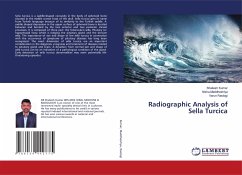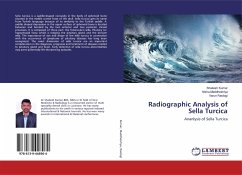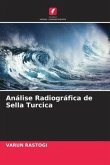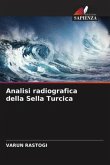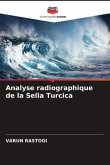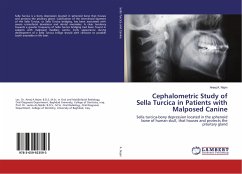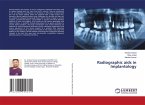Sella turcica is a saddle-shaped concavity in the body of sphenoid bone situated in the middle cranial fossa of the skull. Sella turcica gets its name from Turkish language because of its similarity to the Turkish saddle. A saddle shaped depression in the upper surface of sphenoid bone is located between and bonded by the two anterior and two posterior clinoid processes. It is composed of three part: the Tuberculum sella, Pituitary (or hypophysial) fossa which is lodging the pituitary gland and the dorsum sella. The importance of size and shape of the sella turcica in connection with the occurrence of symptoms of pituitary diseases has long been recognized. The exact dimension of sella turcica are an important consideration in the diagnosis, prognosis and treatment of diseases related to pituitary gland and brain. A deviation from normal size and shape of sella turcica can be an indication of a pathological condition of the gland. Early detection of sella turcica abnormalities may avert potentially life-threatening episodes
Bitte wählen Sie Ihr Anliegen aus.
Rechnungen
Retourenschein anfordern
Bestellstatus
Storno

